
About This Quiz
Country flags are serious business. Explore the significance of these national symbols with our country flags quiz. We purposely distorted images of national flags to test your identification skills.Â
Wars have been fought and decades-long turf battles have persisted because of flags and what they mean. Principalities, like New Zealand, invest lots of money cultivating and perfecting their nation's banners. There's a lot of history behind the colors and symbols of most country flags. Many flags have evolved through the years, and design iterations reflect the cultural, social and political signs of the times.Â
China, Portugal and the United States are just a few countries that have modified their flag designs for these purposes. The U.S. "Stars and Stripes" emblem received its last stitching update sometime around 1959 when Hawaii, the nation's 50th state, was admitted to the Union. Places like Hungary have special names for their flags and have utilized its modern-day flag symbolism for centuries. Italy reserves its official flag handling for a special group of people. South Sudan's flag is one of the newer designs among nations. And proud principalities like Japan have sewn their banners into clothes.
Flags are not just fabrics flapping in the winds. These banners are loaded with history and inspire hope for millions. Wave your finger through these flag facts to see just how important the world's flags are!

The Waldorf Astoria New York, which often flies flags from different countries outside its hotel, once raised an Armenian flag upside down, mistaking it for the flag of Colombia. The Armenian flag has a narrow strip of orange, while Colombia's flag displays a wider yellow strip.
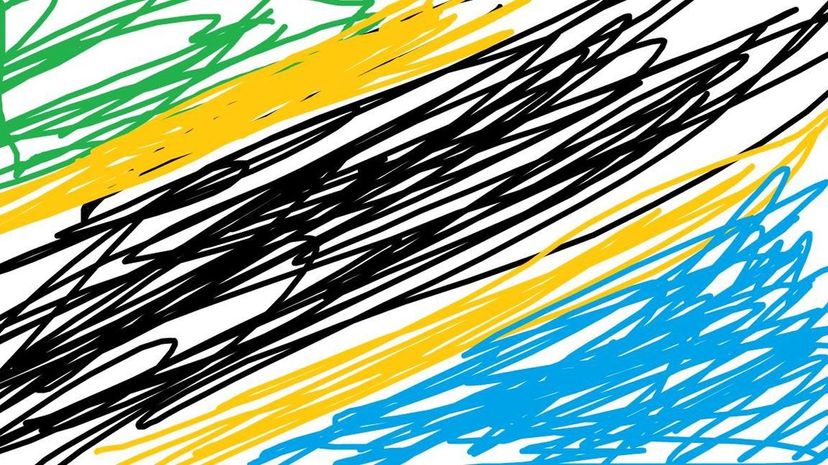
In 2012, an Iranian oil-tanker company posted Tanzanian flags on some of its shipping vessels in response to restrictions imposed on the Middle Eastern nation. The company changed its name before re-flagging massive petroleum carriers that contained two million barrels of crude.
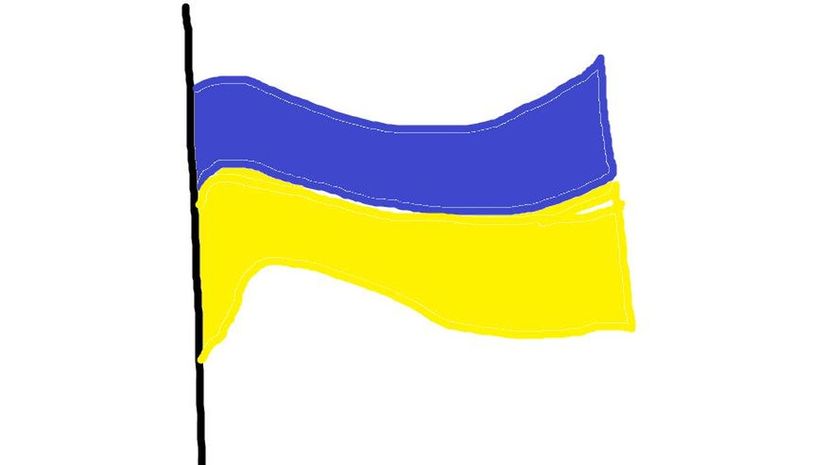
Ukraine legislation designates its country's flag's yellow and blue colors to symbolize the nation's sovereign status. Ukrainians have used the word "khorugv," or "religious banner," to refer to its flag since the 14th century.
Advertisement

In recognition of South Sudan's July 9, 2011 independence, the African Union raised the nation's flag at its Addis Abada headquarters in August of the same year. South Sudan became the union's 54th member state when the United Nations recognized the nation's sovereign status on July 15, 2011.
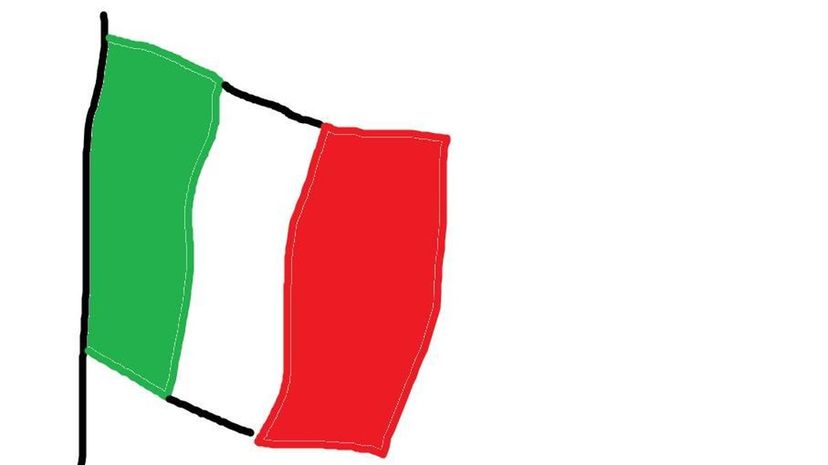
"Sbandieratori" is the name for flag wavers in Italy. The specialized Italian national practice of flag-waving started in the 12th century to signal the Italian army during the country's battles. These days, the flag-waving tradition is reserved for festivals.
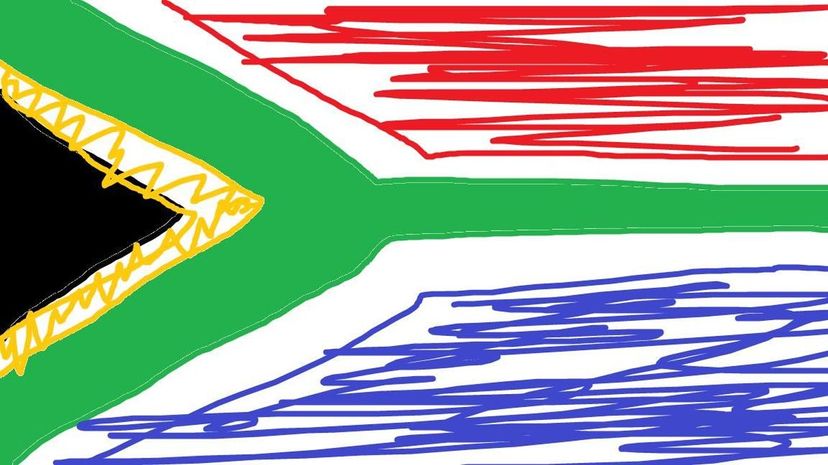
Prior to 1994, the flag of South Africa included smaller flags that symbolized the former Orange Free State Afrikaner republic, the old Transvaal Republic and the British flag. In 1994, South Africa ended its apartheid system of rule.
Advertisement
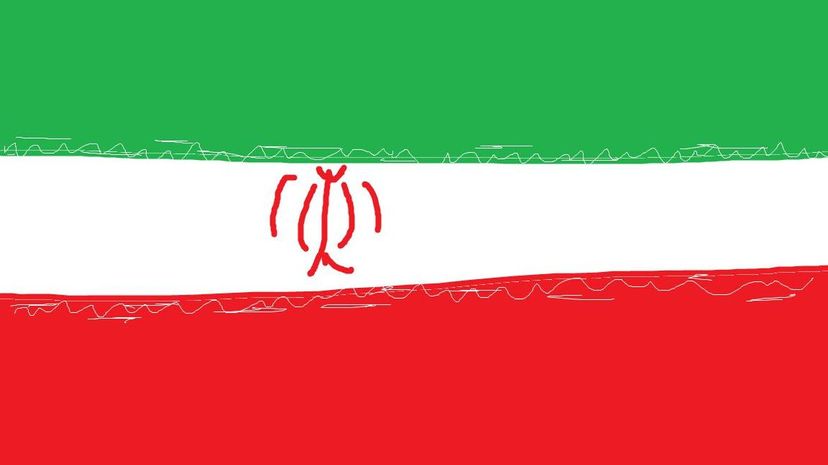
Iran's first-ever female flag-bearer proudly displayed her country's flag at the 2016 Summer Olympics in Rio de Janeiro, Brazil. Olympic archer Zahra Nemati of Iran was tasked with the honor at the game's opening ceremonies.

Turkey's national flag is prominently displayed at some point along the Bosphorus, which is a narrow waterway that connects the Sea of Marmara and the Black Sea in northwest Turkey. It's been estimated that at least one ship donning a foreign flag sails through the strait every seven minutes.
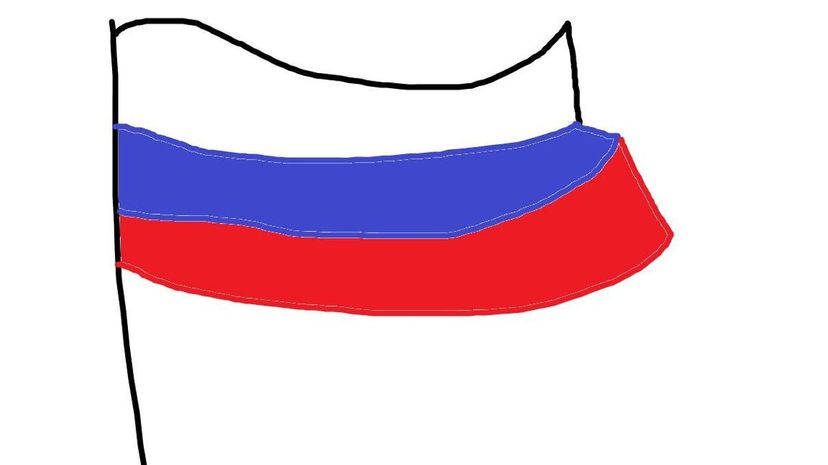
Peter the Great originally designed Russia's white-red-and-blue flag that replaced the Kremlin's former flag, which displayed hammer-and-sickle symbolism. The Russian czar adored the Dutch and his flag design imitates the red-white-and-blue palette of the Dutch flag.
Advertisement
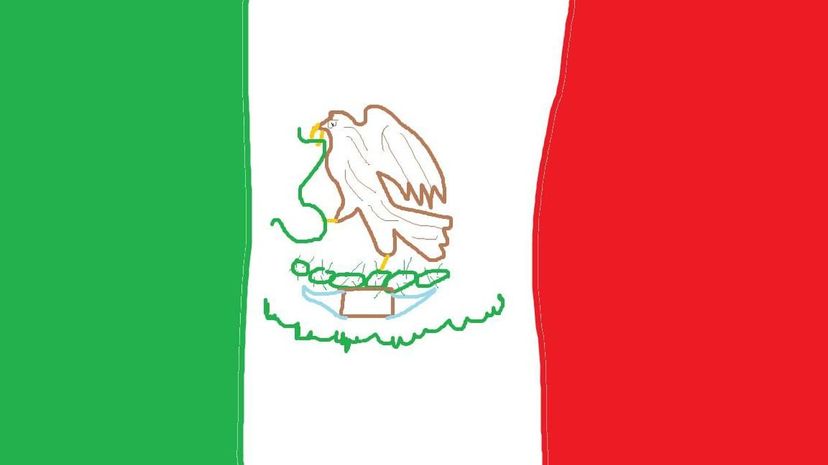
Lt. Zapadodes Jose Torres captured the Texas flag when 3,000 Mexican soldiers charged the Alamo on March 6, 1836. Ever since, Texans have sought to reclaim from Mexico's guarded possession the flag, which reads "First Company of Texan Volunteers from New Orleans."
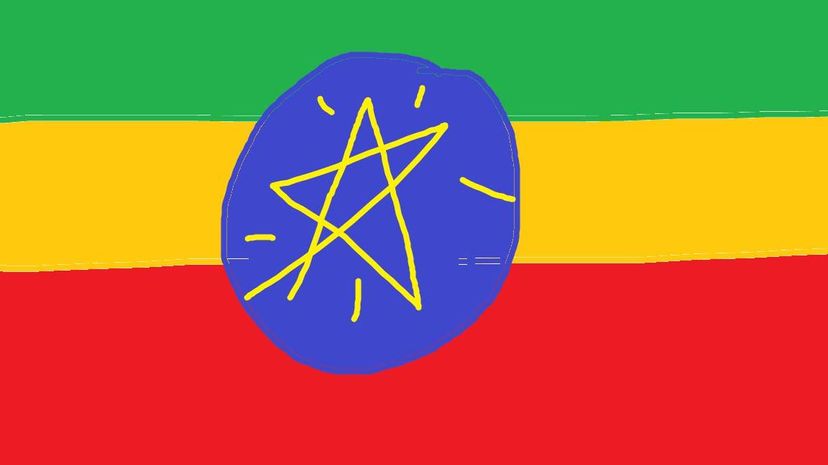
In September 2018, a riot erupted in Addis Ababa, Ethiopia when Ethnic Oromo members and supporters of the Oromo Liberation Front (OLF) clashed with young citizens of the city. Ethnic Oromo members had attempted to replace the Ethiopian flag with the OLF flag in several sections of the city.
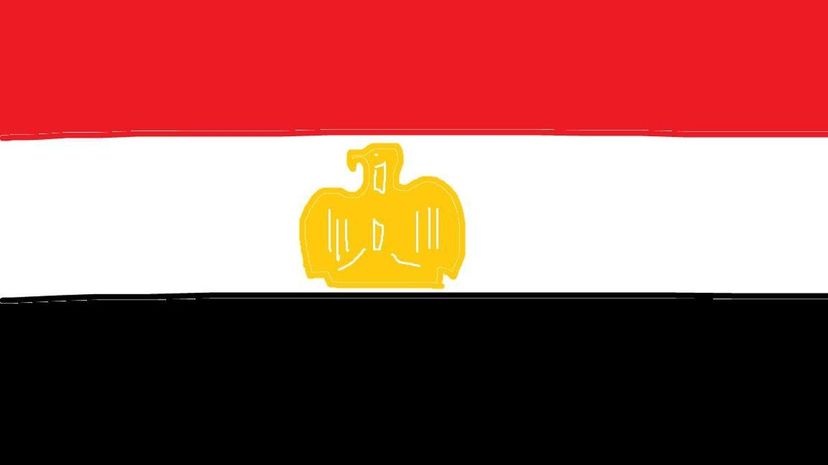
A fake image of the pyramid's of Egypt covered with Saudi Arabia's flag went viral across the web in November 2018. Shared mainly across Arabic media networks, the doctored image emerged during the November 26 Cairo visit of Saudi Crown Prince Mohammed bin Salman.
Advertisement

To commemorate the 100th anniversary of Thailand's "tricolor flag," Thailand Post issued a series of distinctive postage stamps. The 2017 series explores the transformation and history of Thailand's flag through years past.
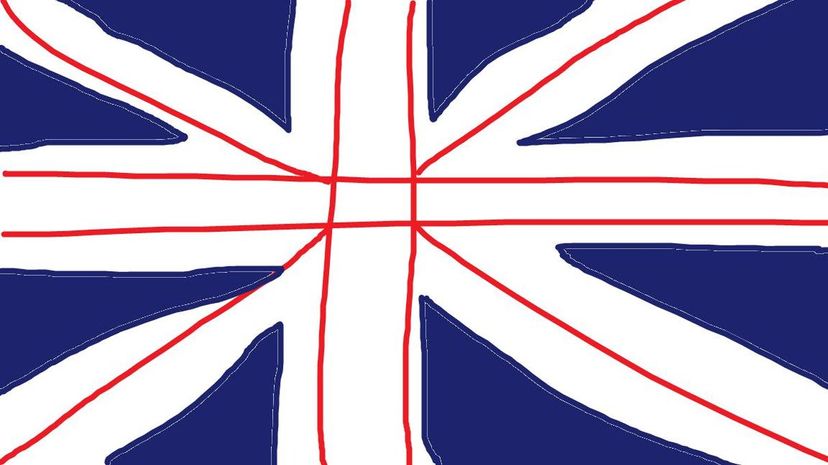
Throughout history, many countries and colonies have raised the flag of the United Kingdom, also called Union Jack. Canada, Australia and South Africa are just a few countries that, at one point, either included the Union Jack in their own flags or displayed the flag as the country's own.
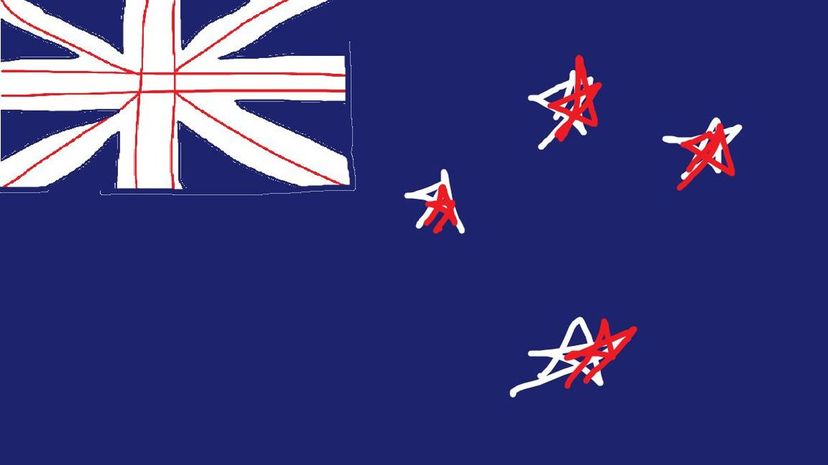
Former New Zealand Prime Minister John Key invested $17 million to facilitate a design competition for and referendum on selecting a new nation flag. However in 2016, 57 percent of the country's voters chose to keep the old flag.
Advertisement
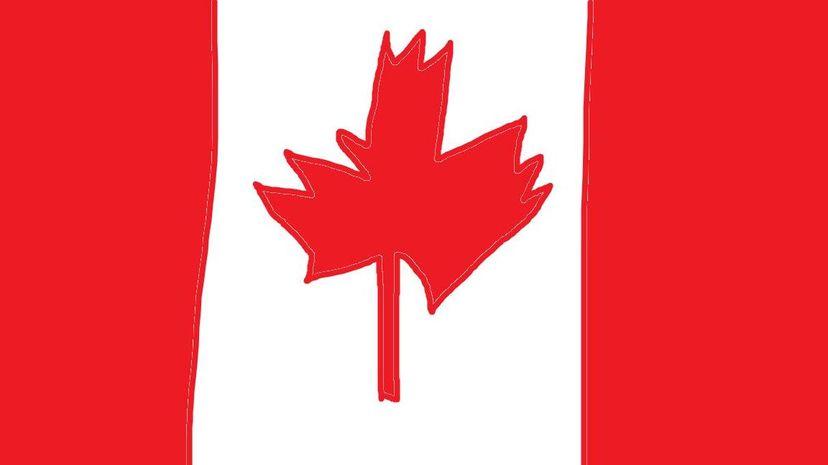
It wasn't until 1965 that Canada chose the iconic red maple leaf to symbolize the North American nation. Before that time, the once-British-ruled territory did not relinquish England's flag even after the sovereignty declared independence in 1931.
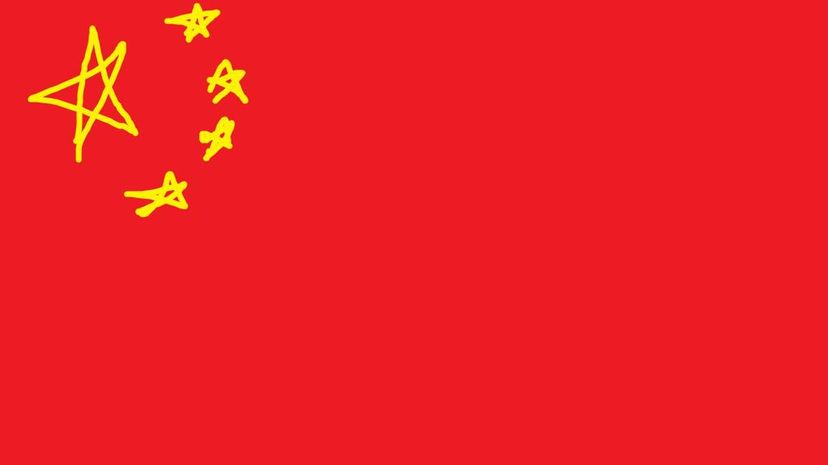
China's flag has evolved greatly, from displaying the yellow dragon of the Qing Dynasty to the red insignia of the Communist Party. The five stars on the country's current flag represent China's people.
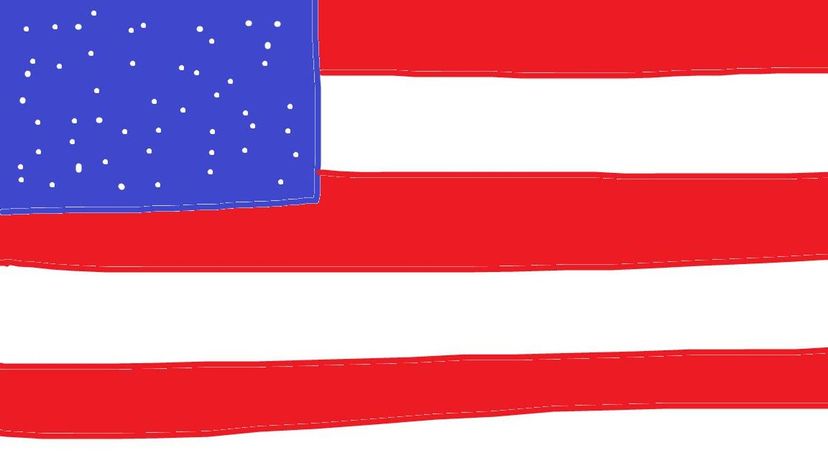
Stars were added to the United States flag as states were admitted to the Union. The thirteen stripes of the flag, nicknamed "The Stars and Stripes," represent the original thirteen British colonies.
Advertisement
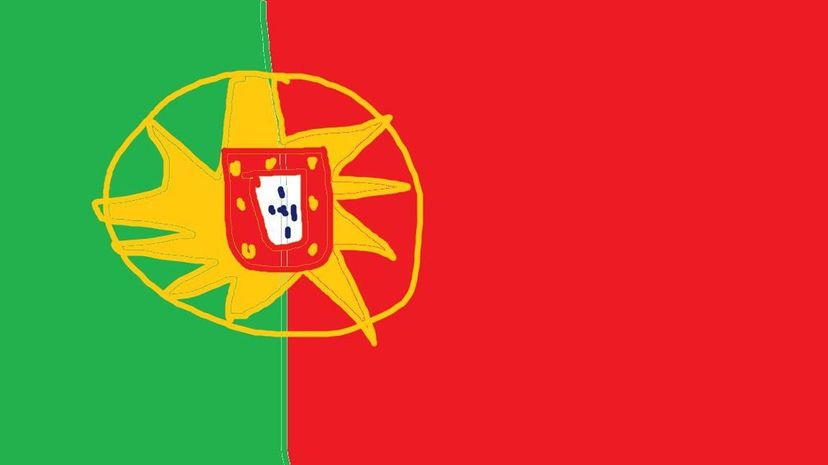
Portugal changed its flag's all-white background to that of red and green when the nation's monarchy dissolved in the 20th century. The First Republic of Portugal began in 1910 after the monarchy was overthrown.

Mongolia's maritime law took effect in 1999 after the fall of Communism in the country in 1990. The landlocked country opened the Mongolia Ship Registry in February 2003, and soon after over 260 ships at sea fly the nation's Soyombo flag.
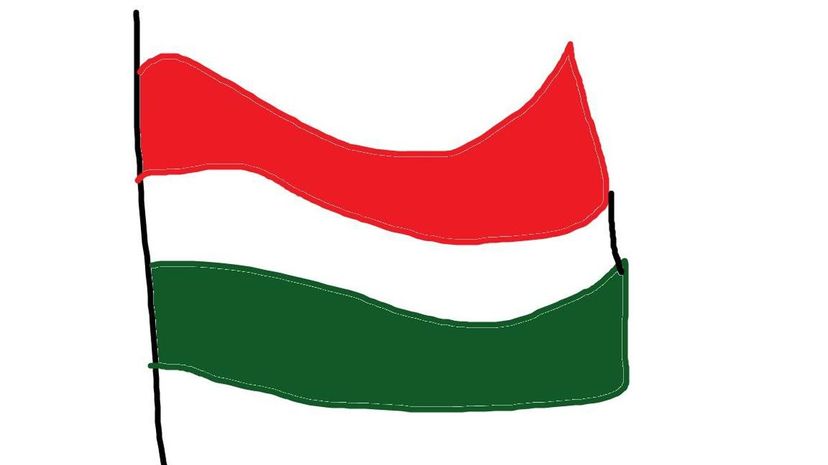
At the funeral of Hungarian Count Lajos Battyany, 16 burghers carried flags with ceremonious symbols for the country, the city of Pest and the family of Battyany. Colors of Hungary's flags have almost consistently been red, white and green, symbolizing strength, fidelity and hope, respectively.
Advertisement

In 2006, Kurdistan President Mas'ud Barzani decided to prohibit the Iraqi flag from flying in the Kurdistan region of northern Iraq. The Iraqi cabinet promptly issued a statement, responding that the "current Iraqi flag is the only flag that should be raised on every inch of the land of Iraq..."

Poland raised its flags in commemorative honor of Polish Pope John Paul II who died in 2005. A 2006 ceremony in the region of Lagiewniki, featured a vigil and homily delivered by the deceased pope's secretary Cardinal Stanislaw Dziwisz.

On December 1961, before a crowd of nearly 500 people in the East African town of Malindi, Kenyan leader Ronald Ngala lowered the flag of the Sultan of Zanzibar. The colonial flag had flown over districts that spotted a 10-mile stretch of the East African coast of the Indian Ocean.
Advertisement
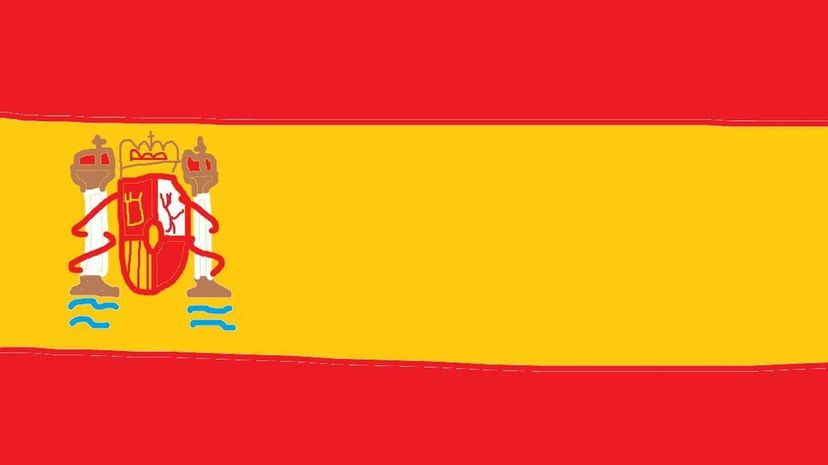
In symbolic defiance of their government's decision to declare independence from Spain, hundreds of Catalans flooded the streets in downtown Barcelona feverishly waving Spanish flags. Spanish Prime Minister Mariano Rajoy called for the firing of Catalonia's regional government in response to the 2017 affair.
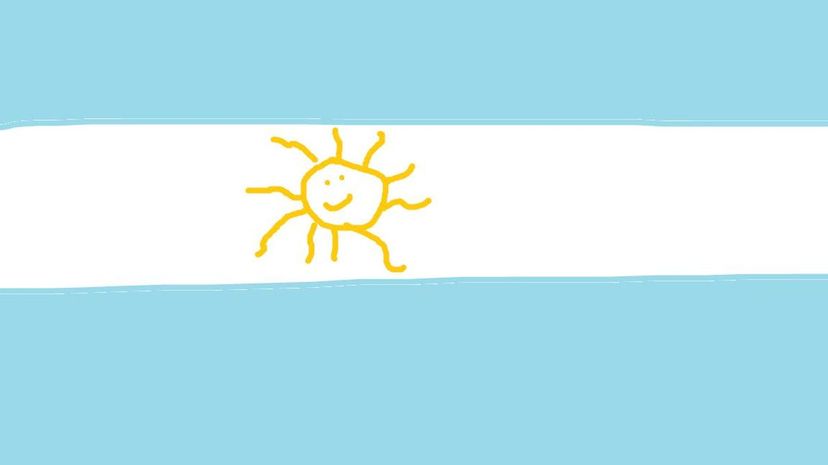
A large monument in the port city of Rosario is the location where Argentine crusader and nation founder Manuel Belgrano lifted the country's sky-blue-and-gold flag for the first time in 1812. Belgrano died June 20, 1820 in Buenos Aires.

On October 28, 1962, political activist Abdelaziz Choukeiri climbed the TV and radio building in Algeria, lowered the French flag, and replaced it with the Algerian flag. On November 1, 2013, a Moroccan youth climbed the Algerian consulate in Casablanca and removed the Algerian flag.
Advertisement
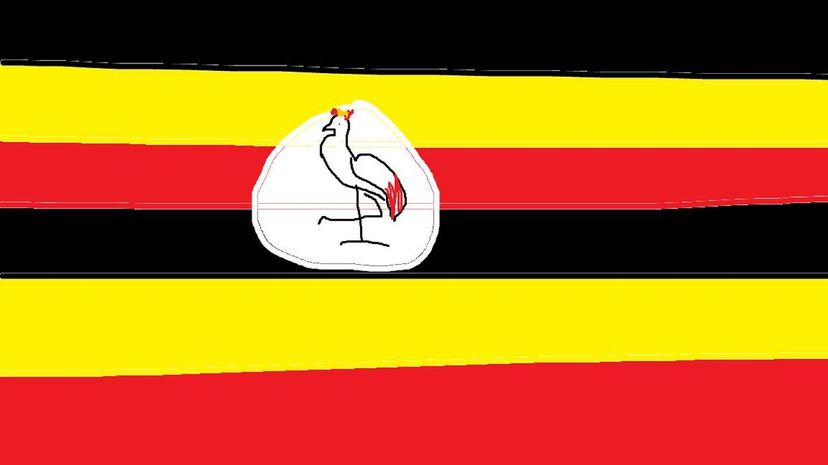
During territorial disputes in 2009 at the African Great Lake of Lake Victoria, Ugandan soldiers raised the country's flag over a patch of land within the lake called Migingo Island. The island is 112 miles from Uganda's closest shoreline, while the scrap of land is only 9 miles from Kenya's shores.
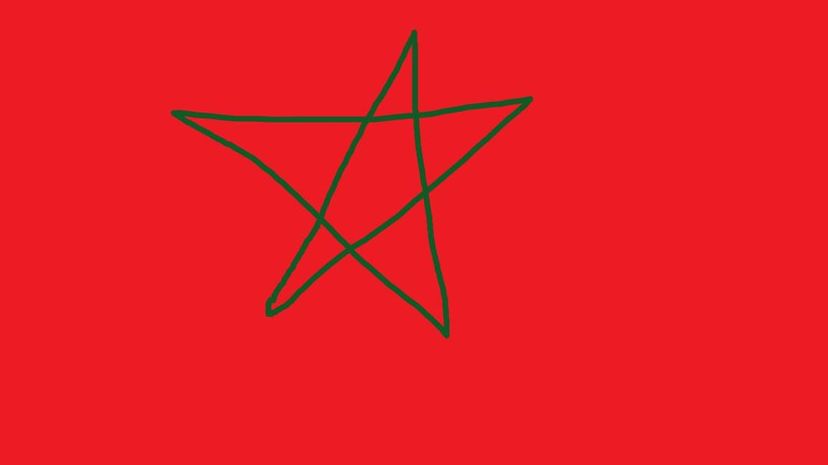
Morocco is a North African country that spans 172,413 square miles and borders the Mediterranean Sea and Atlantic Ocean. The nation's flag includes a green star with five points, known as Solomons seal, in the center of an all-red background.
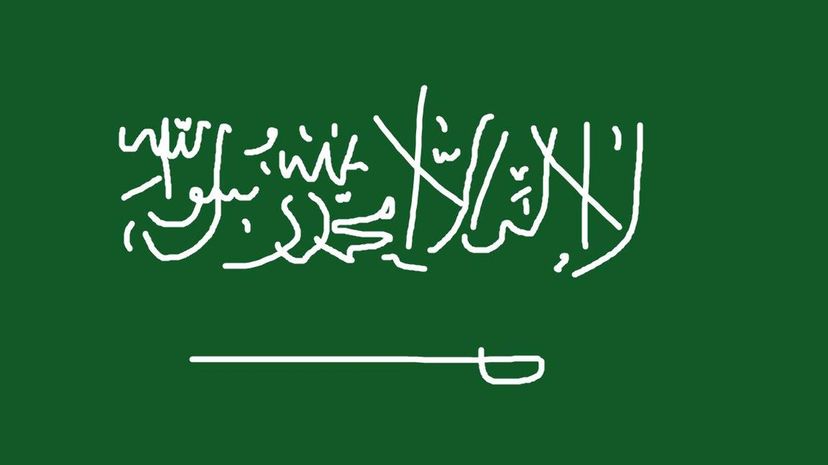
In 2015, anger erupted on social media at Westminster Abbey's decision to fly the flag of Saudi Arabia at half-mast throughout London's Whitehall Road to recognize the passing of King Abdullah. The Middle Eastern country has been criticized for alleged human rights violations.
Advertisement
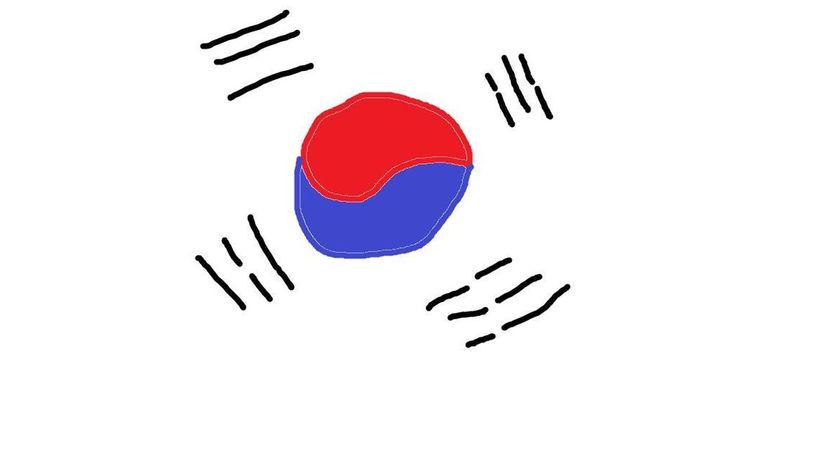
At the winter Olympic games in PyeongChang, South Korea in 2018, North and South Korea united when the women's hockey team, with members from both countries, marched under one flag at the game's opening ceremony. Technically, the two countries have been at war since 1950.
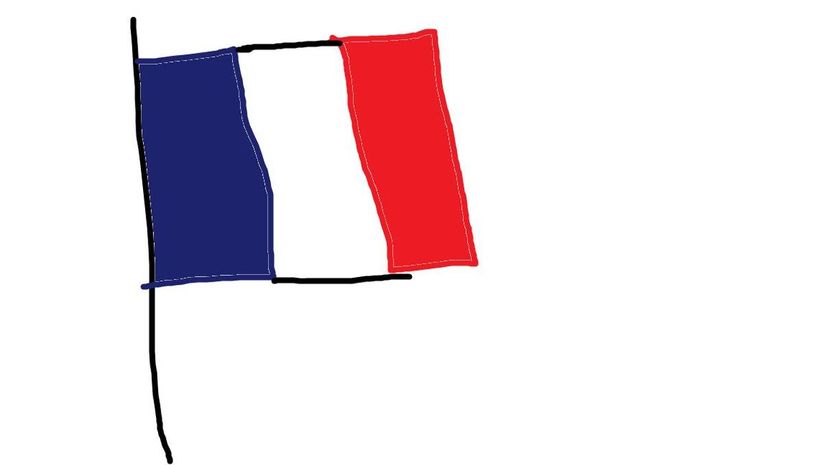
The Boynton Veterans Council in Boynton Beach, Florida conducted a ceremony in which France's Tricolour was raised in a display of solidarity for the country in light of the 2015 Paris attacks. Prior to the raising of the French flag, ceremony attendees sang La Marseillaise.
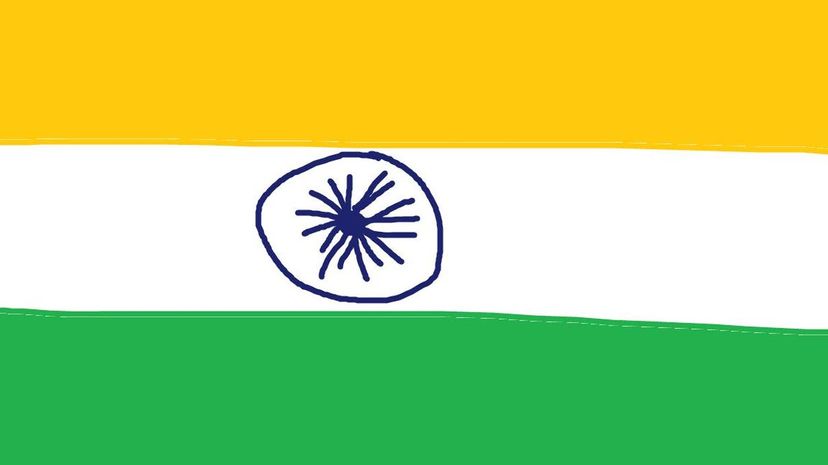
At a meeting of the Constituent Assembly on July 22, 1947, the national flag of India was adopted. The flag includes a navy-blue wheel with 24 spokes, which is known as the Dhamra Chakra.
Advertisement
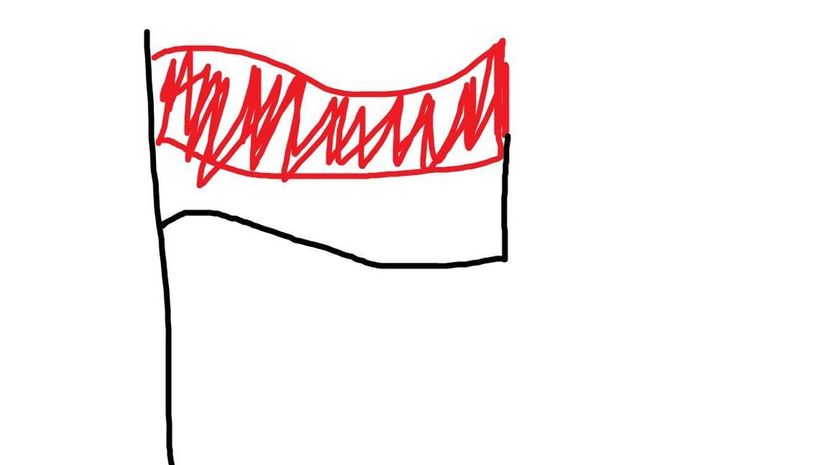
In August 2016, the Tanjungpura Military Command raised 17,845 flags on the border of Malaysia and Indonesia, at West Kalimantan province, to honor Indonesia's 71st Independence Day. Indonesia won independence on August 17, 1945.

In 2010, the original painting of the Brazilian flag was stolen from a church in Rio de Janeiro. Artist Decio Villares rendered the 19th century painting. In 1889, the new republican government adopted the Brazilian flag, which was designed by Miguel Lemos and Raimundo Teixeira Mendes.
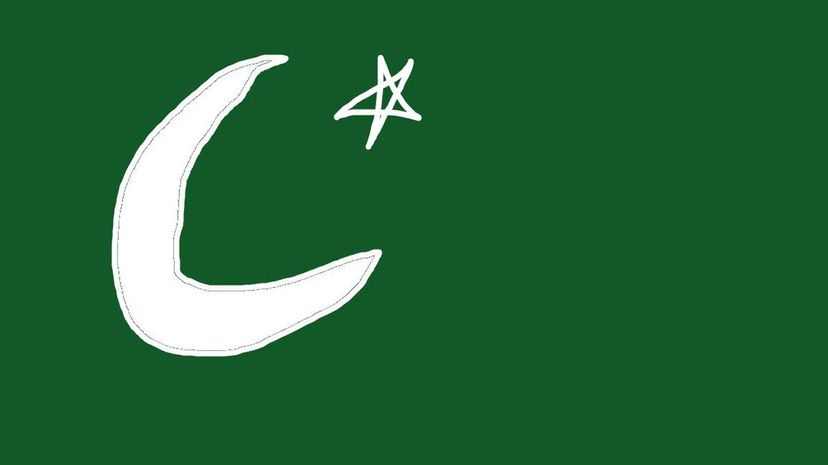
At Pakistan's 70th Independence Day celebration in August 2017, the Pakistan Army Chief raised the largest Pakistan flag that had ever flown in the country at the Attari-Wagah border near the city of Lahore. The flag was positioned 400-feet high and measured 120 feet by 80 feet.
Advertisement
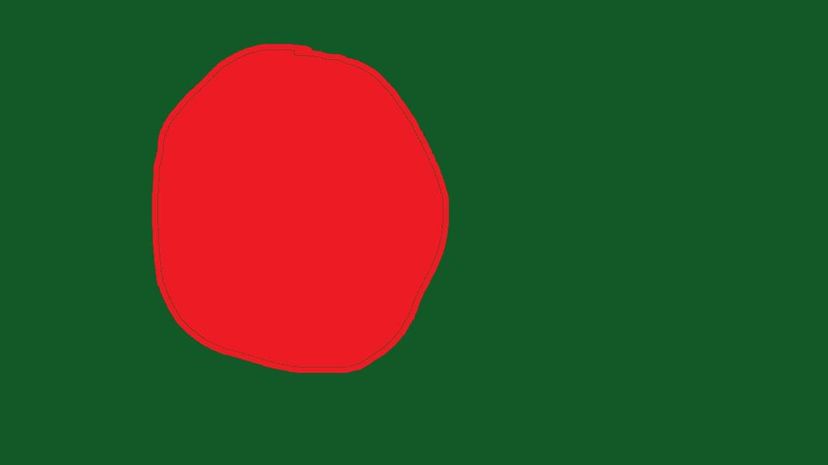
In a 2015 celebration, Bangladesh and India ended decades-long border disputes with the two countries raising their respective flags over newly designated territories. One hundred and eleven small islands were handed to Bangladesh, while fifty-one islands were given to India.
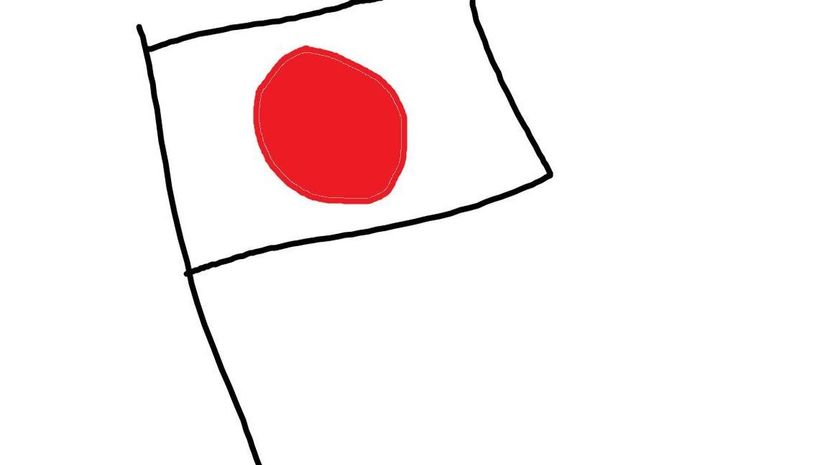
Japan's propaganda campaign leading to World War II included printed textiles displaying Japanese and Nazi flags, promoting the Axis Powers of the time. The textile messages were subtly incorporated into formal wear designs, like kimonos.
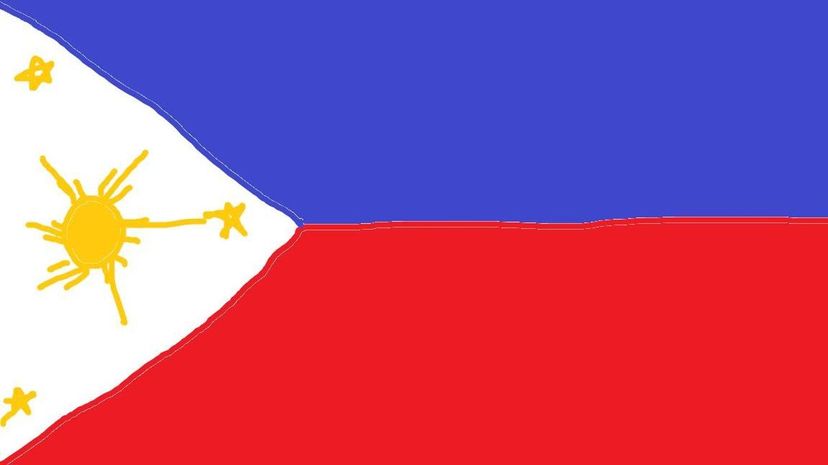
The February 1998 Republic Act No. 8491, also known as "Flag and Heraldic Code of the Philippines" forbids wearing the "flag, seal, coat-of-arms (in whole or in part) as part of a costume or uniform as a fashion accessory or merely as a design element." The code is meant to promote national pride.
Advertisement
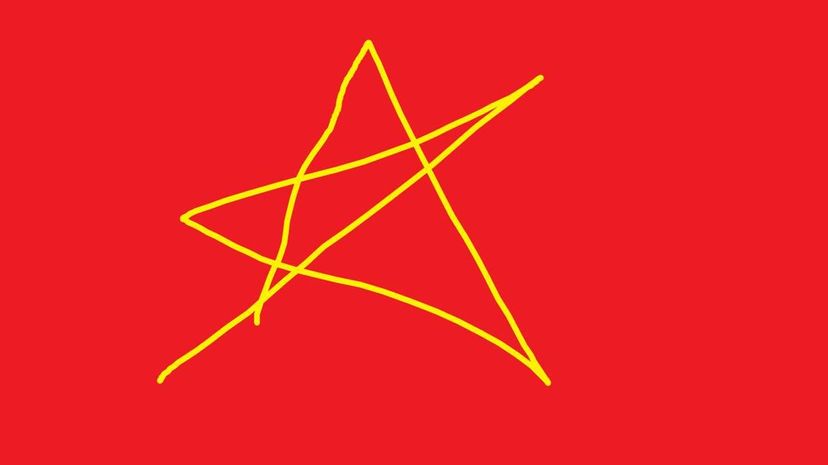
In 2003, the city of Garden Grove prohibited the Vietnam flag from being flown during ceremonies and events in the municipality, which has a large Vietnamese community. Garden Grove followed the lead of the neighboring city of Westminster which had previously banned the Communist flag.